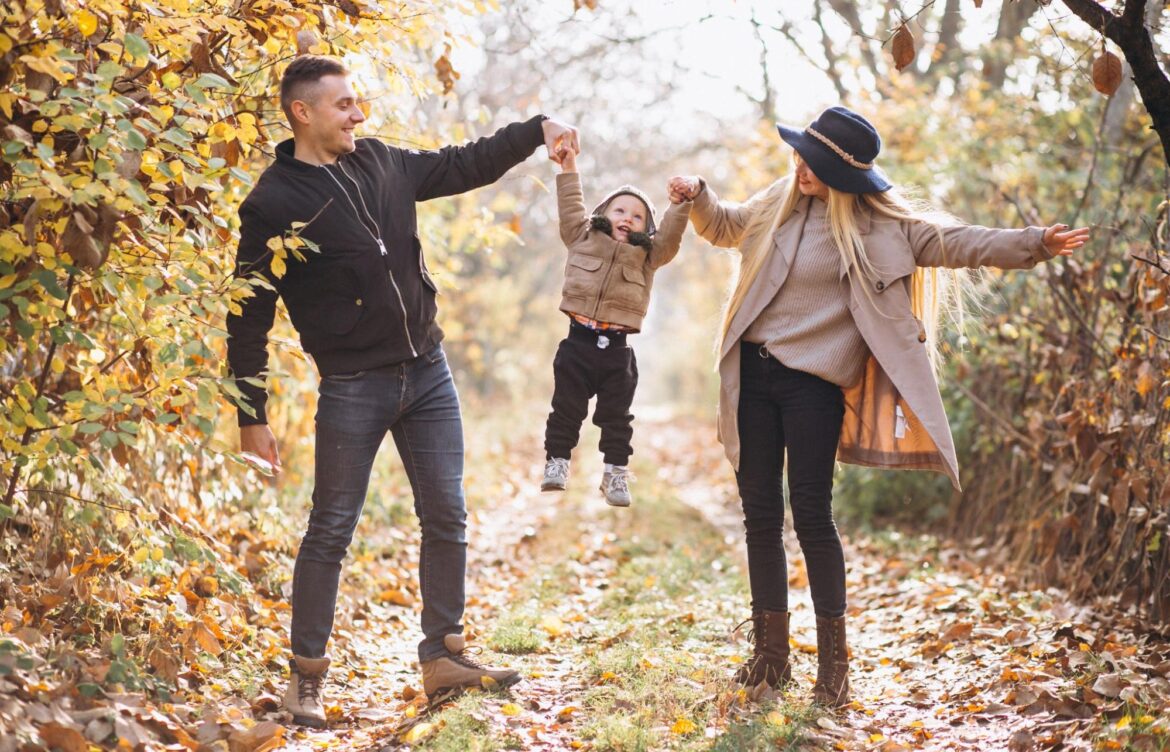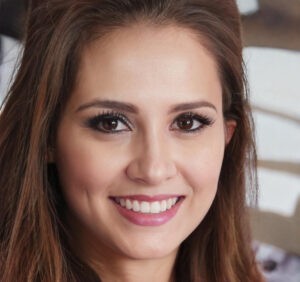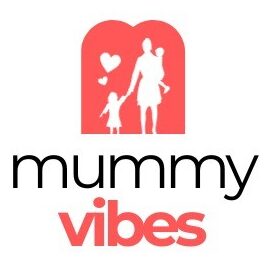
Matching vs Coordinated Outfits: What to Wear for Family Photos That Won’t Make You Cringe Later
We’ve seen the same thing. Family photos from the past showing everyone wearing the same shirt. There are photos of people who wear identical white polos or jeans and all of them are in a straight back as if they were a photograph of a group to symbolize “Team Beige.” Although matching clothes may have appeared to be an ideal concept in past times, the majority of families today think, “What were we thinking?”
If you’re planning your photograph shoot with your family and are trying to find the ideal outfit for everyone, there’s no issue. One of the most frequently asked questions that a photographer from the same family gets is, “Do we need to be matching?”
Let us talk about the differences between matching and coordination and provide you with practical and easy-to-follow guidelines to ensure that the next picture taken of you and your children will be one that you are proud to hang on the wall, not hidden in an ugly drawer.
What Does “Matching” Mean in Family Photos?
A match implies that everyone is wearing the identical outfit. The same color. Similar style. The same everything.
Think about what this could appear in the form of: Mom, Dad, and the children, all in white shirts along with blue denim sitting on an uninteresting backdrop. It’s elegant and minimalist; however, it’s also quite… boring. It can eliminate the charm and uniqueness of each person in the family.
Matching could feel similar to
- A little outdated
- Too “posed”
- Personality is not there
However, it is possible to coordinate your family’s clothes when they are based on a common theme or design (think Christmas attire or outfits in black and white for a dark appearance). It’s possible to do this. It’s an ideal idea if done with diligence.
What Does “Coordinated” Mean?
Coordinating outfits means that everyone wears clothes that are compatible but not exactly the same. It’s all about choosing the best style and color scheme that complement one another and allow each person to express their own style.
Think earthy tones such as olive, cream and the color rust. Dad wears an orange-colored dress, Mom wears a flowing olive gown, while the kids wear cream and tan. There is no exact match; however everything is on the same page.
Coordinates with:
- Contemporary and timeless
- Easy and easy to understand
- With lots of character it lets the individuality of your family shine and allows the family photographer to take an amazing photo that is well-balanced.
Why It Matters for Family Photography
Your clothes can change the appearance of your photos. If you are shooting at a field of sunflowers in the backyard or in an indoor setting; the clothes you wear can alter the atmosphere.
Coordinated outfits:
- Make your face (not clothes) the focal point
- Bring your images to life by using texture layers as well as textures
- Photos look great in black and white and color.
If you’re expecting a new baby, it is a wonderful chance to snap maternity photos. Coordination of your clothing allows the baby’s face to shine without being overwhelmed by loud or clashing clothing choices.
How to Choose a Color Palette
Begin By Putting Together One Key Piece
Select one thing that you like, such as a pattern-based dress for your mom or a huge jacket for your boy, or a soft, neutral singlet for the child. Create the other outfits you wear with these shades.
Stick to 2-4 Main Colors
Select 3-4 principal colors, along with 2 or 3 color accents. Think navy cream, mustard, and navy. For blush shades, you can use sage and tan.
Use Neutrals as Your Base
Neutrals (white, denim gray and Tan) make sure your palette is durable with a timeless look.
Mix in Some Texture
Corduroy pants or cable knit sweaters are clothes made of linen — all textures are stunning and can make your outfits luxurious and comfortable.
Outfit Ideas by Season
Spring:
Soft pastels, floral prints, light fabrics. Think baby blue, blush pink cream, light yellow.
Summer
The sun is shining and cool. The breeze can be refreshing! White, coral, aqua and khaki are excellent selections. Sundresses, sleeves that roll up, and sandals are perfect.
Fall
The deep shades of olive, mustard and rust, as well as burgundy. Think warm coats, scarves as well as boots.
Winter
Deep colors, such as navy, as well as forests with cranberry and green along with grey. Include layers of peacoats, knits and hats to give you a sense of luxury and comfort.
Tips for a Stress Free Wardrobe Plan
- Don’t delay shooting until the very last moment. Begin planning several weeks in advance to avoid rushing before the shoot. See the entire thing. Set the clothes on a bed or hang them together to make sure that the colors and styles will work.
- There are no logos or loud images. They may be distracting and take your attention away from the face of your computer.
- Dress properly for the occasion. The clothes you are wearing to the beach may not be appropriate for the forest. Consider where the photos are taken.
- Comfort = confidence. Make sure everyone is happy in their clothes. If your child isn’t content with their sweaty garment, it will appear in your photos.
What About Patterns?
Sure, the patterns are effective! You just have to be able to keep them in check.
Do:
- Mix three or two designs and solids
- Select classic soft prints like stripes, florals, or plaids.
Don’t:
- Make everyone wear a distinct design
- Select patterns that aren’t overly busy or too bright.
- Designs are supposed to be a source of curiosity and should not create chaos.
Real-Life Example: The Maternity Mix
Let’s say that you’re planning a pregnancy photograph shoot. You’re expecting in 32 weeks, and you’d like to see your child be the focus of attention. Do this
- Your dress is flowing, a long mauve dress
- Your spouse is wearing an easy grey t-shirt as well as khaki trousers.
- Your child is wearing shorts and tops that are unisex with an orange color.
A coordinated look provides harmony to the image and lets you (and the gorgeous baby bump) be the main focus.
Matching Isn’t Always Bad (When Done Right)
If you’re in love with matchmaking take it up; however, just keep it contemporary.
Try:
- Everyone in denim, but different styles (overalls, jackets, jeans)
- A set of matching PJs to wear for a Christmas shoot
- White tops adorned with different cuts and fabrics
The most crucial thing is the different textures, layers, or accessories so that you don’t appear similar to copies of one another.
Mistakes to Avoid
- Too much black or white. These colors can appear flat or harsh when viewed through a camera, especially in bright light.
- Everyone is wearing jeans and white T-shirts. We’ve been there; we’ve done it.
- Uncomfortable clothes. Your mood will show. If your pants don’t fit properly your smile won’t be genuine.
- Do not forget about footwear. Shoes are crucial! Avoid the classic sneakers unless you’re into fashion.
Key Takeaway
The main point is that family pictures are all about capturing connections along with real moments, love and affection. Your clothes ought to reflect that and not snub your spotlight or cause you to appear like an old fashioned slob after a few years. It isn’t a matter of whether you’re working with a maternity photographer or a family photographer, the idea of linking photos rather than coordinating is an easy way to improve your photos without overdoing it. This lets everyone feel at ease with the photos but still look like an elegant and connected unit.
So, let go of your “everyone wear blue” memo and consider the layers, textures, and palettes. In the future, you’ll be thankful for it. Stunning images begin with a good plan – and a stunning outfit is just the beginning!
 Mattie Hubbard is a distinguished figure in the field of sustainable agriculture, known for her innovative approaches to environmentally friendly farming practices. With a deep-rooted passion for the earth and a commitment to ecological balance, Mattie has become a leading voice in promoting sustainable methods that benefit both the environment and the farming community. Her work often involves integrating traditional agricultural knowledge with modern techniques to create systems that are both productive and sustainable.
Mattie Hubbard is a distinguished figure in the field of sustainable agriculture, known for her innovative approaches to environmentally friendly farming practices. With a deep-rooted passion for the earth and a commitment to ecological balance, Mattie has become a leading voice in promoting sustainable methods that benefit both the environment and the farming community. Her work often involves integrating traditional agricultural knowledge with modern techniques to create systems that are both productive and sustainable.
